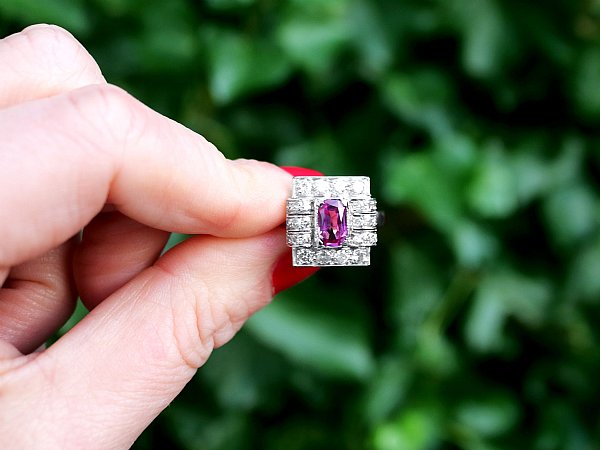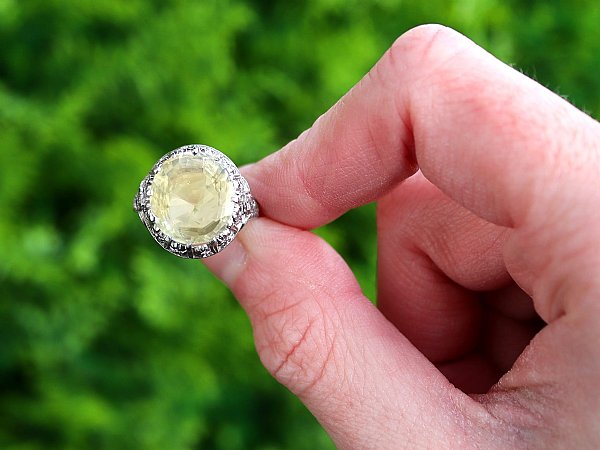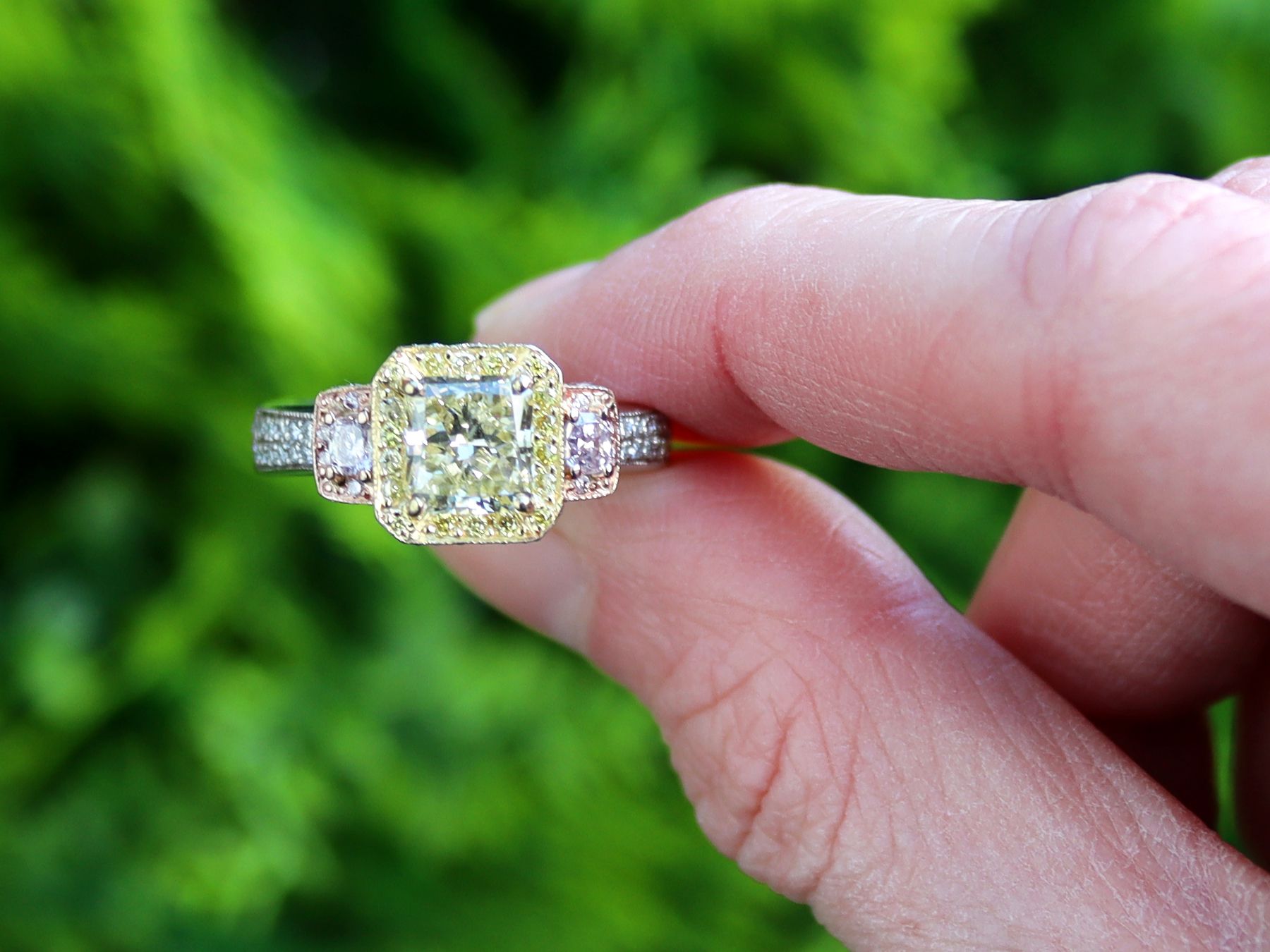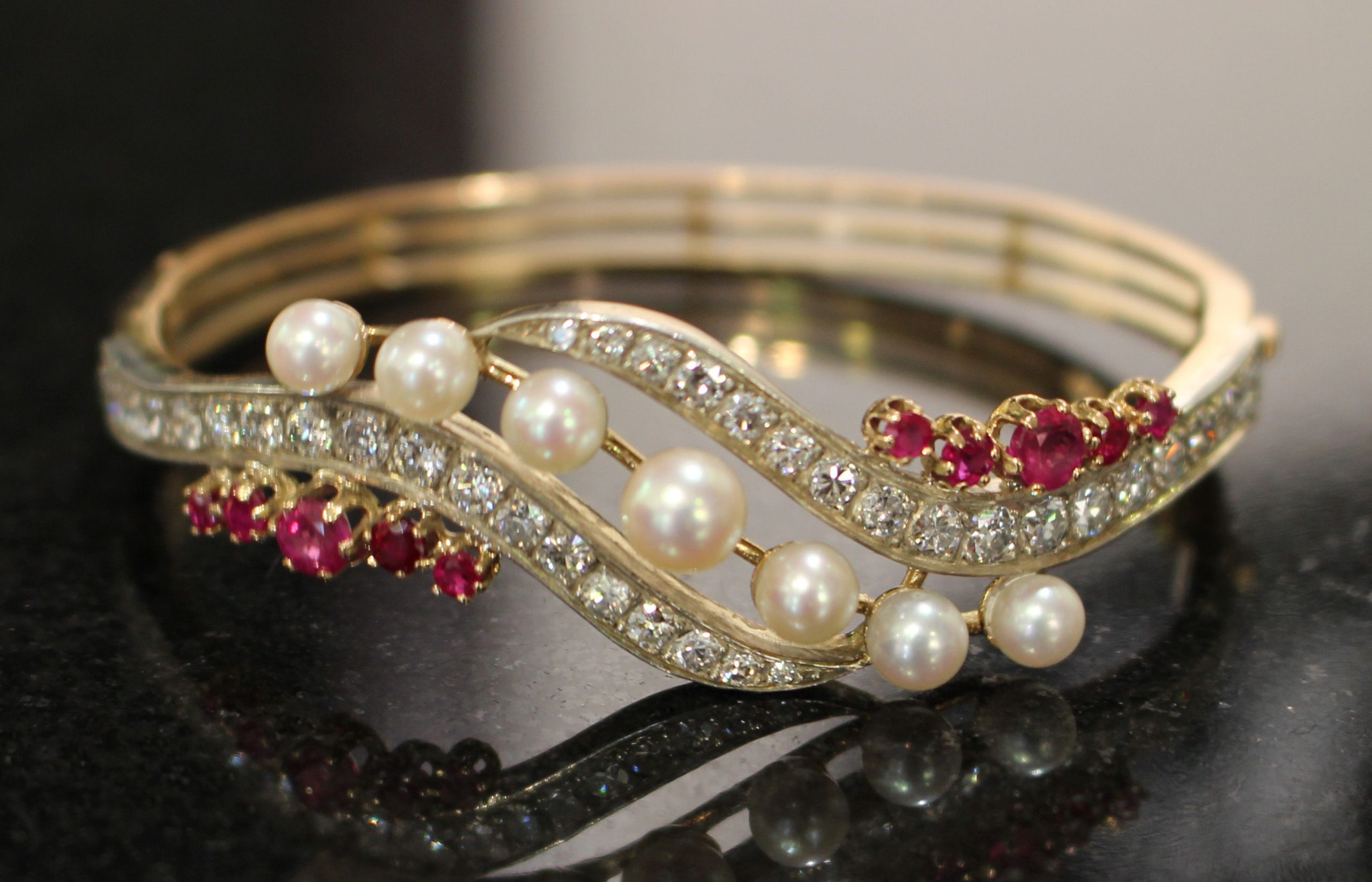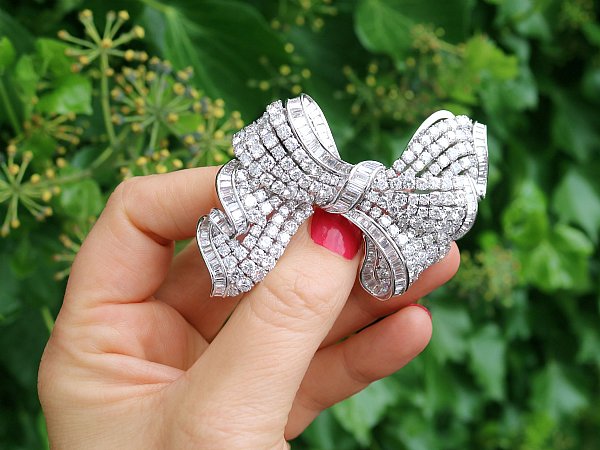Sapphires
Subject to the gemstone quality and colour, a sapphire can be cut into a variety of different shapes. Cutting a sapphire takes a great deal of care and many years to master the ability to produce a rough stone into the polished sapphire that we all know and love.
The cut and shape of a sapphire work together to enhance the clarity, colour and sparkle of the gem. Gem cutters, or lapidary (the professional term for them), weigh up these factors when they choose which cut is best for the unique gemstone. Ideally a gem cutter wants to minimise any imperfections whilst simultaneously maximising the best qualities of the gemstone.
Sapphire Colour
Diamonds have a uniform colour throughout whereas sapphires pose a tougher challenge when it comes to colour. This is because colour usually appears in greater and lesser concentrations. The lapidary must try to navigate and orient the stone so that the best part of the colour is shown on the table of the stone.
It is often the case that sapphires which show a lighter colour will be cut deeper to add a level of intensity and dimension to the hue of the colour of that stone. In contrast a sapphire with a darker colour of blue will more than likely be cut shallower, to allow light to reflect within the stone. The shallower cut often softens and brightens the colour.
Sapphire Clarity
Each natural gemstone has a unique look to it due to its clarity and variety of inclusions.
Heavily included sapphires are often considered less visually appealing than those with minimal clarity inclusions. However, at times, such lightly included sapphires can be both rare and expensive to acquire.
When evaluating the properties of sapphires, the size, location, and look of the inclusions are often taken into account. These inclusions can also impact the visibility of the gemstone’s colour.
Sapphire Symmetry
The edges of the sapphire, regardless of the shape or cut should be even and symmetrical. The facets in the crown should be even in size, location, and shape. The table, the largest facet on the crown, should be symmetrical in shape, as well as well-centred.
Brilliance of Sapphires
Colour is perceived as the most important thing to think about when picking a sapphire. However, the sparkle of the gemstone is another important factor to also consider.
The shine and brilliance a sapphire emits is dependent on the amount of light that enters and reflects from the stone. A sapphire that is cut optimally will have symmetrical, even facets will add to its sparkle.
Now we’ve touched base on the colour, clarity, symmetry and brilliance of a sapphire, let’s take a look at a few different types of cuts.
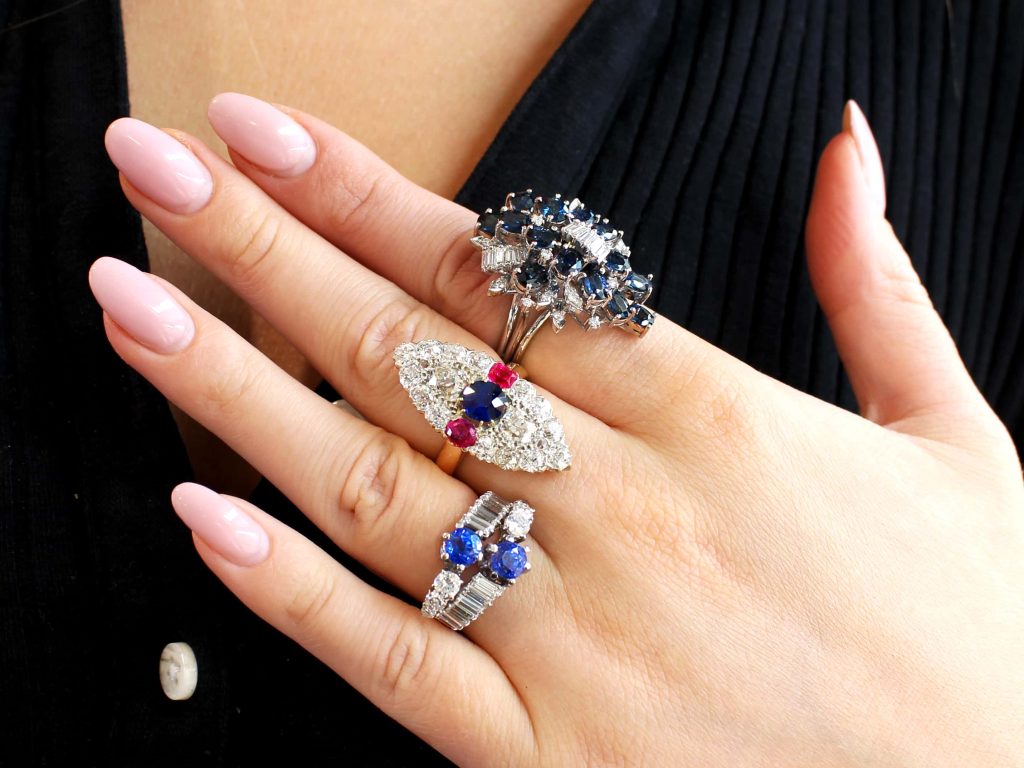
Popular Sapphire Cuts
Cabochon Cut
A cabochon cut is possibly the easiest cut for a gemstone cutter. The cabochon sapphire has a domed top that is smooth. Typically, the bottom surface is flat. Probably because they are quite easy to produce, cabochons are usually less expensive than other sapphire cuts.
Cushion Cut
The cushion cut was originally introduced in the 1900’s. The cut has a window on the table with rounded faceted corners. The cushion cut truly allows the wearer to see the stone clearly and also has the advantage of showing off the colour of the stone well.
Oval Cut
An oval gemstone has been cut in a similar way to a round cut diamond, just with a little ‘extension’ to it. An oval cut is perfect for those with long slender fingers.
Princess Diana’s sapphire engagement ring has inspired brides to be around the world for decades. This oval cut sapphire ring consisted of a stunning central 12 carat Ceylon sapphire surrounded by 14 solitaire diamonds. And to this day is still one the most iconic sapphire pieces of jewellery in history.
Round Cut
A round cut gemstone is perhaps the most popular cut. The cut optimises the dispersion of light in a stone, by the careful placement of the facets. Round cut sapphires actually demand that more rough be thrown away; because of this a round cut sapphire often has a higher price tag.
Step Cut
A step cut has a large, smooth top facet. The facets surrounding the top one gradual work down, cut in a way that resemble a staircase- hence the name ‘step’ cut. Each level is cut so that it is even with the prior one.
Here at AC Silver, we love all sapphire of all shapes and sizes. The factors that influence a type of sapphire is truly fascinating.
Which is your favourite? Let us know in the comments below!



